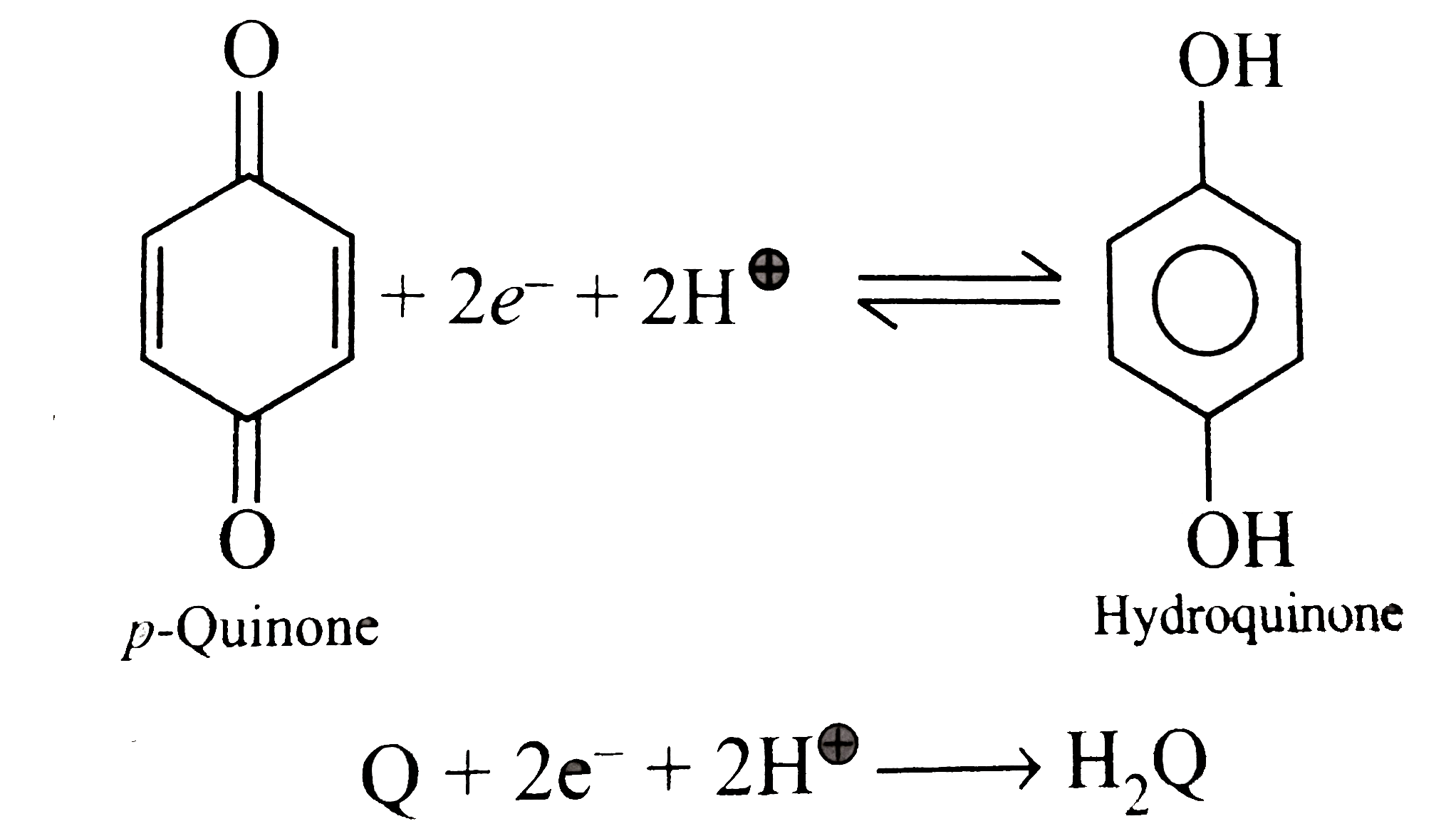In a half reaction, nitrate is reduced by 6e− reduction to x as follows
7H++NO−3+6e−→2H2O+x. The 'x' in the reaction is
NO
NH2NH2
NH3
NH2OH
The correct Answer is:D
To solve the given half-reaction and determine the value of 'x', we will follow these steps:
Step 1: Write the half-reaction
The half-reaction provided is:
7H++NO−3+6e−→2H2O+x
Step 2: Identify the components
- On the left side, we have:
- 7 protons (H⁺)
- 1 nitrate ion (NO₃⁻)
- 6 electrons (e⁻)
- On the right side, we have:
- 2 water molecules (2H₂O)
- The unknown 'x'
Step 3: Analyze the options for 'x'
We need to check the possible options for 'x' to see which one balances the equation.
Option 1: NO
- Nitrogen: 1 on both sides (balanced)
- Hydrogen: 7 on the left, 4 on the right (unbalanced)
- Conclusion: Incorrect.
Option 2: NH₂NH₂ (Hydrazine)
- Nitrogen: 2 on the right (unbalanced)
- Conclusion: Incorrect.
Option 3: NH₃ (Ammonia)
- Nitrogen: 1 on both sides (balanced)
- Hydrogen: 7 on the left, 4 (from 2H₂O) + 3 (from NH₃) = 7 on the right (balanced)
- Oxygen: 3 on the left (from NO₃⁻), 2 (from 2H₂O) on the right (unbalanced)
- Conclusion: Incorrect.
Option 4: NH₂OH (Hydroxylamine)
- Nitrogen: 1 on both sides (balanced)
- Hydrogen: 7 on the left, 4 (from 2H₂O) + 3 (from NH₂OH) = 7 on the right (balanced)
- Oxygen: 3 on the left (from NO₃⁻), 2 (from 2H₂O) + 1 (from NH₂OH) = 3 on the right (balanced)
- Conclusion: Correct.
Step 4: Final Answer
The value of 'x' in the half-reaction is:
x=NH2OH
The half-reaction provided is:
7H++NO−3+6e−→2H2O+x
- On the left side, we have:
- 7 protons (H⁺)
- 1 nitrate ion (NO₃⁻)
- 6 electrons (e⁻)
- On the right side, we have:
- 2 water molecules (2H₂O)
- The unknown 'x'
We need to check the possible options for 'x' to see which one balances the equation.
- Nitrogen: 1 on both sides (balanced)
- Hydrogen: 7 on the left, 4 on the right (unbalanced)
- Conclusion: Incorrect.
- Nitrogen: 2 on the right (unbalanced)
- Conclusion: Incorrect.
- Nitrogen: 1 on both sides (balanced)
- Hydrogen: 7 on the left, 4 (from 2H₂O) + 3 (from NH₃) = 7 on the right (balanced)
- Oxygen: 3 on the left (from NO₃⁻), 2 (from 2H₂O) on the right (unbalanced)
- Conclusion: Incorrect.
- Nitrogen: 1 on both sides (balanced)
- Hydrogen: 7 on the left, 4 (from 2H₂O) + 3 (from NH₂OH) = 7 on the right (balanced)
- Oxygen: 3 on the left (from NO₃⁻), 2 (from 2H₂O) + 1 (from NH₂OH) = 3 on the right (balanced)
- Conclusion: Correct.
The value of 'x' in the half-reaction is:
x=NH2OH
Similar Questions
Knowledge Check
Na2B4O7+X→H3BO3. What is X in the reaction
AAqueous solution of NaOHBDilute nitric acidCConc. H2SO4 of HCIDwaterIdentify the compounds which are reduced and oxidised in the following reaction:
3N2H4+2BrO−3→3N2+2Br−+6H2OAN2H4 is oxidised and BrO−3 is reduced.BBrO−3 is oxidised and N2H3 is reduced.CBrO−3 is both reduced and oxidised.DThis is not a redox reaction.Which substance is serving as a reducing agent in the following reaction?
14H++Cr2O2−7+3Ni→2Cr3++7H2O+3Ni2+ACr2O2−7BNiCH+DH2O
In the reaction Bromine
3Br2+6OH−→5Br−+BrO−3+3H2O
View SolutionQuinones are good electron acceptors, party because reduction restores aromaticity.

Q+2e−+2H⊕→H2Q
Give the decreasing order of Ec−.reduction of the following quinones :

View SolutionWhich has maximum potential for the half-cell reaction?
2H++2e−→H2
View SolutionIn the following reaction:
xKMnO4+yNH3→KNO3+MnO2+KOH+H2O
x and y are
View SolutionIf the half cel reactions are given as
(i) Fe2+(Aq)+2e−→Fe(s),E∘=−0.44V
(ii) 2H+(sq)+12O2(g)+2e−→H2O(l)E∘=+1.23V
The E∘ for the reaction
Fe(s)+2H++12O2(g)→Fe2+(aq)+H2O(l) will be
View Solution
